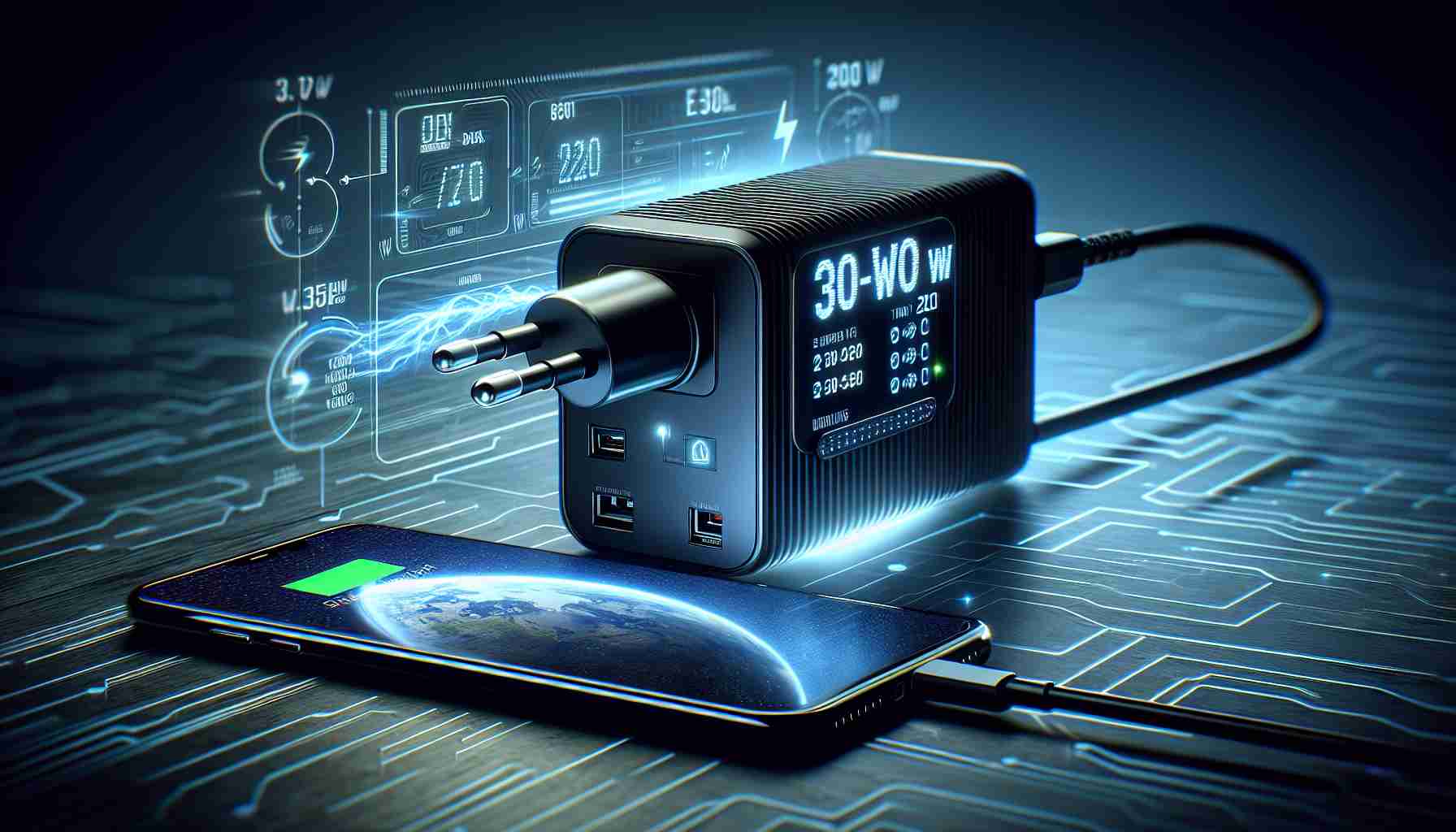Today’s smartphones have increasingly larger batteries, with many hovering around a substantial capacity of 5000 mAh or more. With these growing power reserves, a new charging technology is on the brink of changing how we power up our devices. Enlightening the tech community, an innovative 300-watt charging solution is speculated to possibly reduce the charging duration to a mere 5-6 minutes, which would be a phenomenal leap forward in convenience and efficiency.
Currently, the fastest charging phones on the market can replenish their batteries in approximately 10 minutes, showcasing the swift progress in charging technology. The introduction of a 300-watt system represents a monumental shift that can shave off even more precious time spent tethered to a charger. While the differences might not be colossal compared to existing 150-watt or 240-watt fast-charging technologies—both of which already charge at lightning speeds—this advancement is about keeping pace with the modern lifestyle.
As the world moves faster, the demands on technology to keep up intensify. This forthcoming charging innovation could significantly transform how users interact with their smartphones, providing a much-needed solution for bustling individuals who need their devices powered and ready at all times. With this advancement on the cusp of realization, the future of smartphone charging appears incredibly bright, ushering an era where waiting for your phone to charge could become a notion of the past.
Important Questions and Answers:
– How does 300-watt charging compare to the current charging technologies? Although 150-watt and 240-watt chargers already offer fast charging speeds, a 300-watt charger promises to dramatically reduce charging time, potentially bringing it down to 5-6 minutes. This technology is not yet widely available but represents a significant advancement in charging speed for devices with large battery capacities.
– What are the key challenges associated with the introduction of 400-watt charging technology? One of the primary challenges is managing heat dissipation, as faster charging can generate more heat, which can affect battery health and the longevity of the device. Additionally, ensuring safety standards, adapting smartphone design to accommodate the new technology, and developing compatible charging infrastructure are crucial hurdles that need to be addressed.
– Are there controversies associated with ultra-fast charging? There’s an ongoing debate about the impact of ultra-fast charging on battery lifespan. High charging speeds can increase the wear and tear on the battery, potentially reducing its overall lifespan. There are also concerns about the environmental impact of developing and disposing of advanced batteries and the potential for increased electronic waste.
Advantages:
– Time Efficiency: Ultra-fast charging can significantly save time for users who need to quickly power up their devices.
– Convenience: It simplifies life for those with busy lifestyles by effectively removing the concern of long charging periods.
– Technology Adoption: Such advancements can lead to more innovation in other sectors that require fast power delivery.
Disadvantages:
– Battery Health: Faster charging could potentially degrade battery health more quickly due to increased heat.
– Safety: High power transfers carry safety risks such as overheating, which must be mitigated through advanced safety mechanisms.
– Infrastructure: The widespread adoption of 300-watt charging will require significant upgrades to existing charging infrastructures and standards.
To learn more about the latest in smartphone technology and industry trends, you can visit the websites of leading tech news platforms. Here are some reputable links:
– TechCrunch
– The Verge
– Engadget
– Wired
These platforms offer a range of articles and insights into the evolving world of technology, including developments in smartphone charging solutions.
